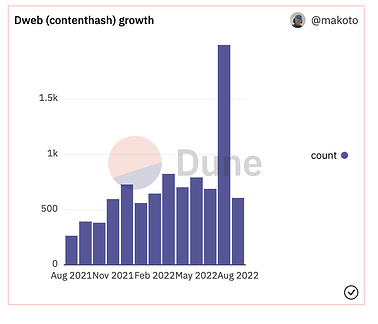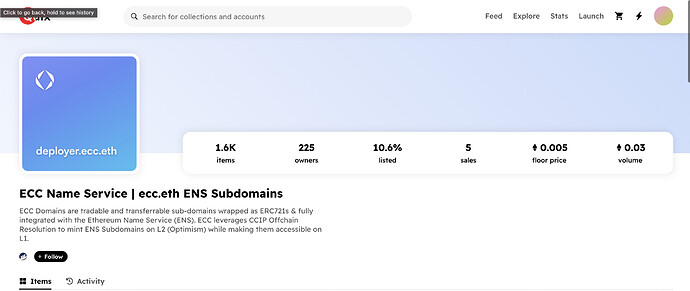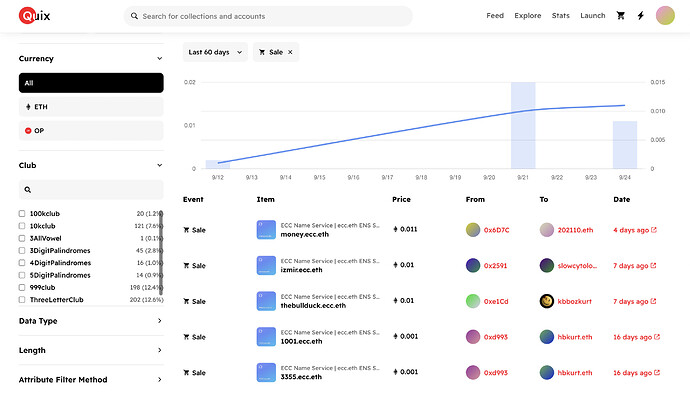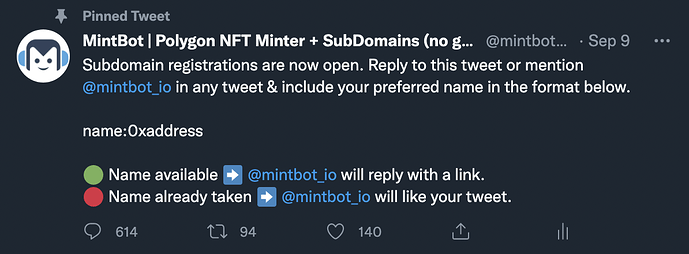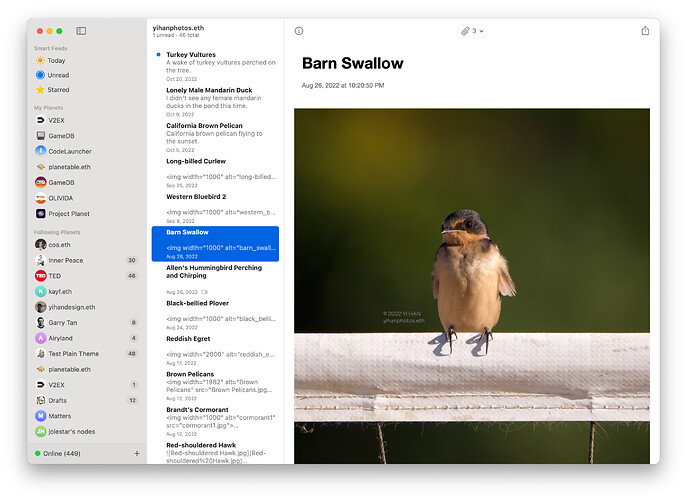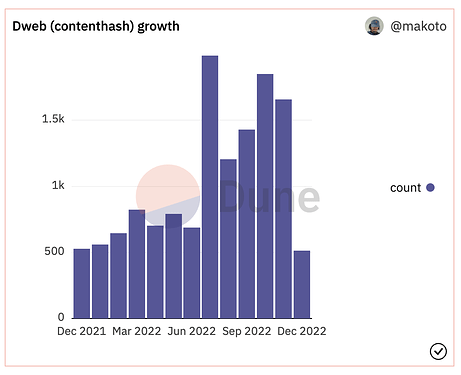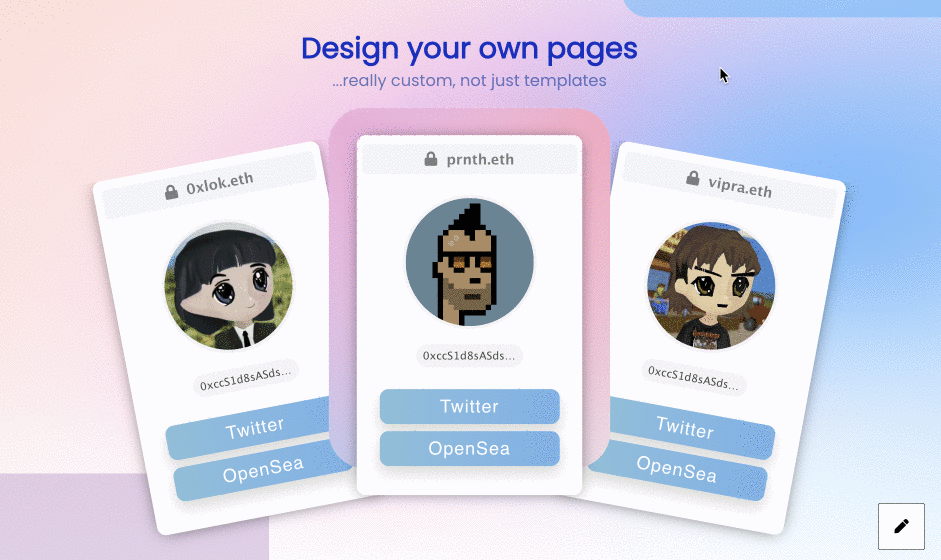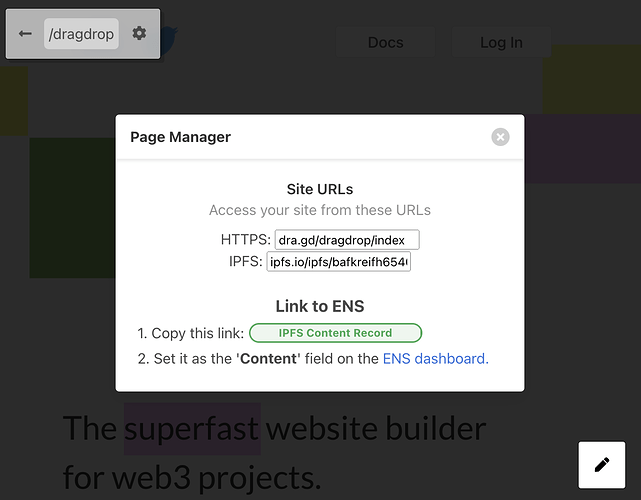This thread is an ongoing summary of grants by Ecosystem Working Group for the second term.
This is not the place to request grants. To request a grant please reach out to @slobo.eth on the forum or on twitter (https://twitter.com/AlexSlobodnik). Discussion of any items in this thread will also occur on the weekly ecosystem calls (cal link).
Below is a sample post that is required of every project receiving a grant, it will evolve over time. The working group or a subgroup sets the amount of fund disbursed.
Grants are giving for work completed. The vast majority of grants will be given retroactively with proof of value added to the ENS ecosystem as in the example post below.
Nimi
Author: @dave-nimi
Date: August 2022
Project: nimi.eth.limo
About:
What is Nimi.eth?
Nimi.eth started as a hackathon project at ETH Amsterdam 2022. The basic idea behind Nimi was to make it easier for users to host content on their ENS domain! Currently Nimi could be thought of as a “Linktree for web3”. But that’s just the beginning! We want to act as your web3 connector - aggregating all your favourite parts of web3 and hosting them on your ENS domain!
Nimi presentation (includes latest release notes): https://nimi.mypinata.cloud/ipfs/QmbS4uqbuaoT5DmoA2kwJ3EQd7cELJL7gj6EPabffCZsUz
Rationale
Currently just 0.65% of ENS domains have a content hash set: Dune of those that have a content hash set 5% are Nimi pages - demonstrating a strong user interest in hosting on their ENS. The spike in July was in large part due to folks registering on Nimi.
Our goal is to get users to use their ENS for hosting content and allowing them to use it as a regular domain. With the grant we want to expand functionality and features to attract more users to setup their Nimi page as well as increasing user engagement.
Steward Commentary: A grant of 15,000 USDC + 100 ENS has been approved, with the payment split into two parts. After conversations with @neiman of .eth subgroup, we determined that the first payment will amount to 8,000 USDC + 100 ENS. The remaining 7,000 USDC will be distributed at the discretion of the ecosystem stewards, with the intention of the remainder being distributed after a mid term update.
